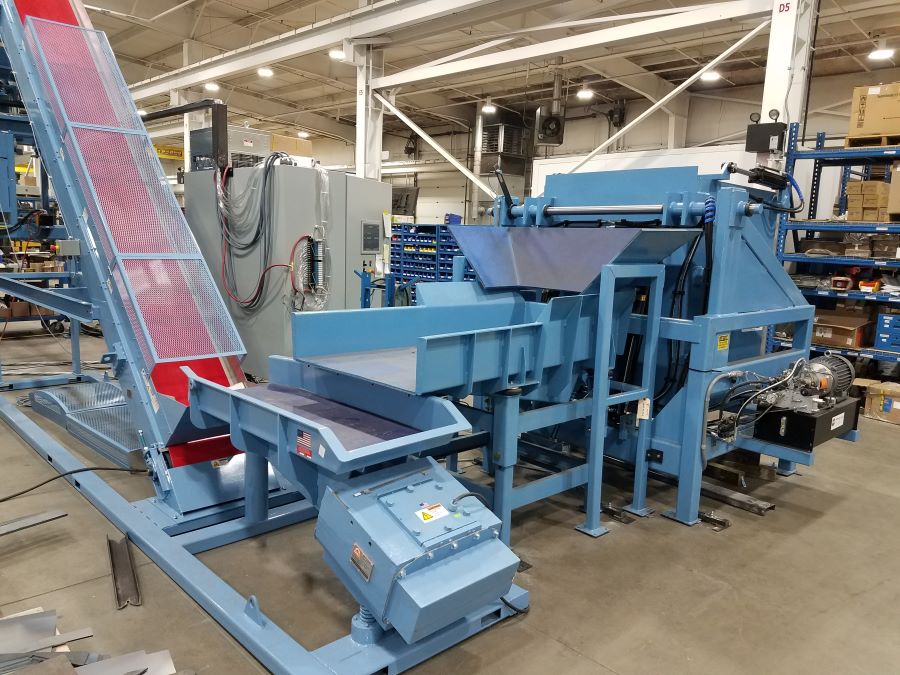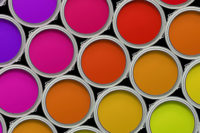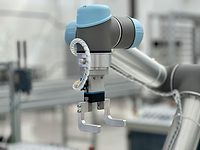New Dip-and-Spin Technologies Reduce Material and Labor Costs

Recent supply chain disruptions and material shortages have strained almost every corner of the North American manufacturing sector, and the coatings industry has been no exception. From price hikes to order delays, the effects of a materials shortage are hard to understate. And if that hasn’t been bad enough, persistent labor shortages continue to challenge manufacturing workforces.
At a time when every drop of coating material and workforce resource is precious, cutting back on material waste and operational inefficiencies is vital to the continued success of any coating operation. New advancements in coating technologies make that possible.
Labor Savings, Increased Throughput, Reduced Downtime
According to the National Association of Manufacturers, companies report that it is 36% harder to find the right talent than it was just a few years ago, despite a high unemployment rate. It is predicted that the skills gap could result in 2.1 million unfilled trades jobs in the United States by 2030. When every worker is more valuable than ever, dedicating multiple people to the same task constrains production capacity.
Advanced coating systems automate the entire coating process – from part loading to unloading – requiring minimal operator oversight. The systems take care of part dipping, excess coating removal, curing, transfer to and from the dipping unit, and more, and are highly programmable to meet the individual needs of the operation. This allows coating operations to free up their workforces for other responsibilities, combatting the rising difficulties associated with the labor shortage.

Automated part coating systems also save time. Advanced systems include state-of-the-art touchscreen controls that make running the equipment easy for operators. Additionally, automated dip and spin short-and-consistent cycle times of approximately 2 minutes help keep production moving. In the event that a mechanical problem occurs, remote troubleshooting can help accelerate a solution that minimizes equipment downtime.
Reducing Coating Consumption
The recently introduced Planetary Motion Technology by Forplan AG has significantly improved the process for removing excess coating from dipped parts. The process starts with automatic weighing capabilities to ensure consistent load sizes, with one batch consisting of two baskets of equal weight. Together these baskets are submerged into the coating, tilting and rotating at the same time to ensure all parts are coated.
After the system dips the parts into the coating material, the baskets rotate around themselves in a planetary fashion at high speeds. This engineering feature results in consistent coating and ensures that the parts inside the baskets are moving and re-orientating themselves for the best-possible coating thickness. Excess coating material is recovered and returned to the dip tank for future use. The planetary motion technology is shown to reduce coating material consumption by up to 30%.
Space Saving and Lower Carbon Footprint
Due to an improved and innovative curing process, this new equipment requires 35% less floor space than traditional dip and spin systems and can save 285 tons of CO2 compared to other common equipment. Typical ROI for these types of systems is less than one year.

Conclusion
Demand in the coatings industry is booming. According to the “Paint and Coatings Global Market Report 2021,” the global paint and coatings market is projected to reach $258.45 billion in 2025 at a compound annual growth rate of 4%. As demand increases, it’s likely that the cost of coating materials will rise. Fortunately, innovative part-coating equipment can be the key to saving process time, labor, and material costs. Advanced coating systems not only help position coating operations to weather future challenges spurred by economic turbulence, but they put them in a favorable position to maximize growth.
To take the first step toward more sustainable and steady production, consult with a trusted industry expert or manufacturer to learn about the economic and environmental benefits of new planetary dip-and-spin technologies.
*All images courtesy of STC Dip and Spin.
Looking for a reprint of this article?
From high-res PDFs to custom plaques, order your copy today!






